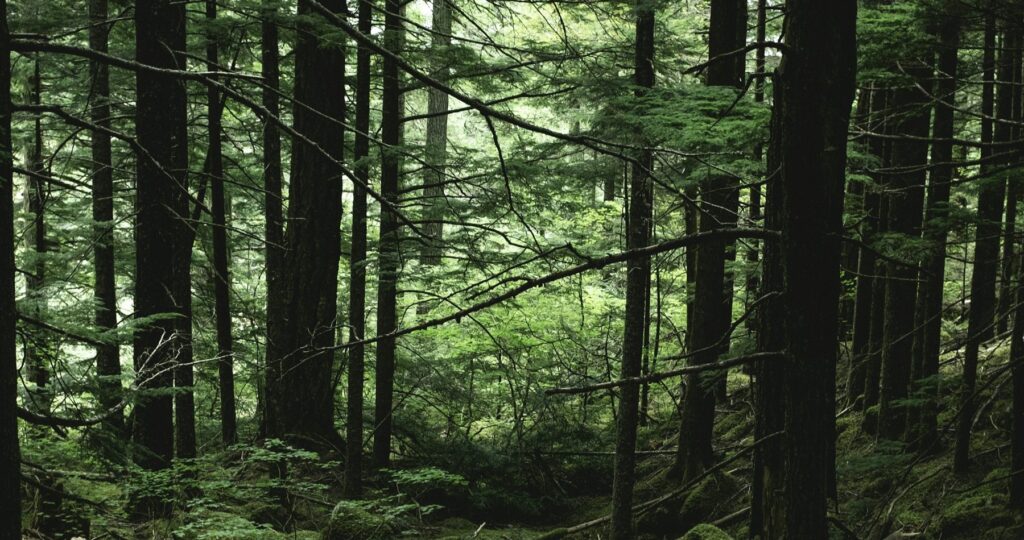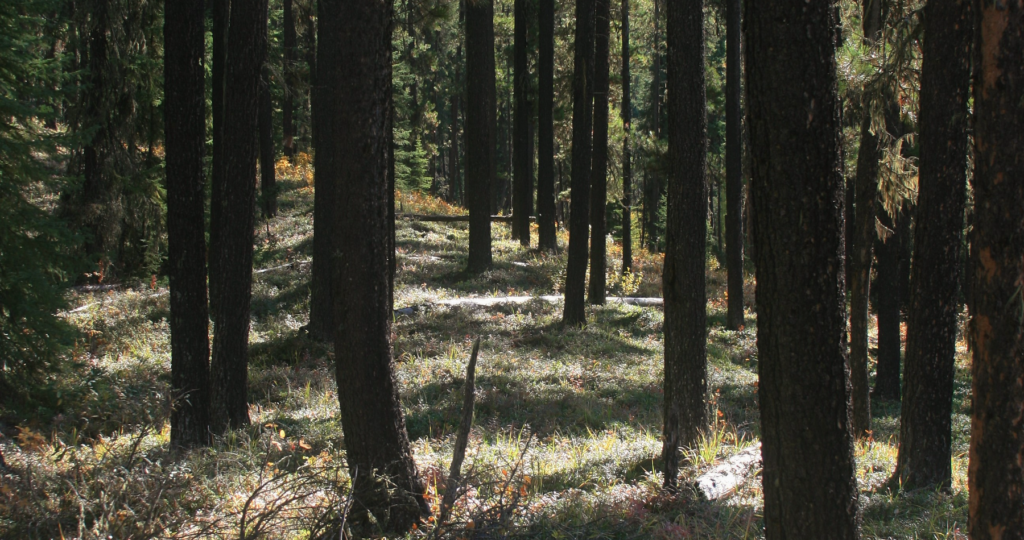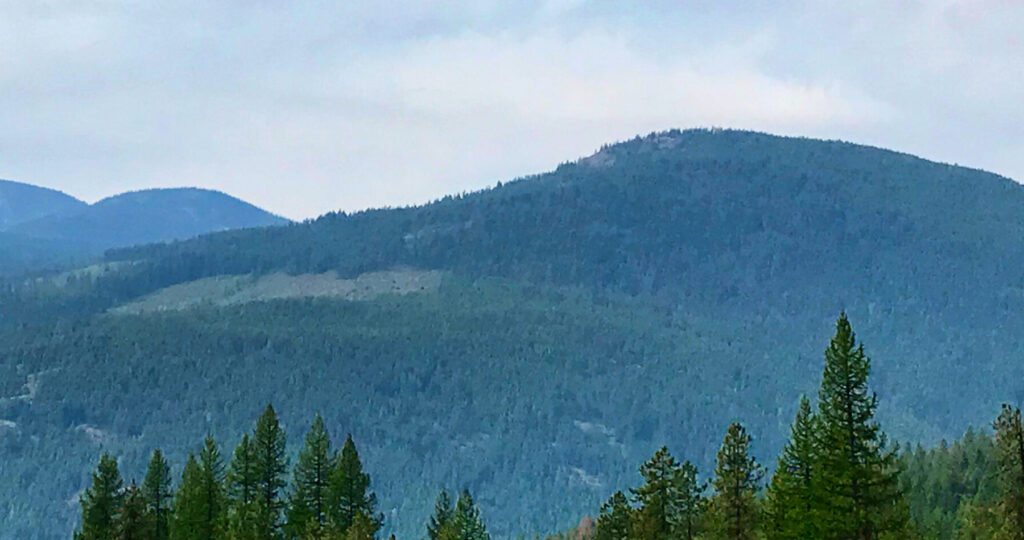Post Category : Glossary Local Archaeology Special Finds
End Scraper
This week we feature a stone tool found upstream on Fall Creek, about 55 km west of the community of Caroline, AB. We were undertaking an assessment for Sundre Forest Products and testing a flat area overlooking the creek (shown below) when Ryan found the end scraper shown above.

A “scraper” is a type of tool that is usually unifacial, meaning the stone was worked on one of its sides (or faces) only. Compare the two sides shown in the image above and you’ll see the one shown on the left is much smoother, except for a small piece that may have been broken off when digging the shovel test. The face of the scraper that is worked typically has pieces chipped off on the side or end in order to make a thick and strong edge. This is the scraping edge that could be used to prepare hides.
Unifacial working and a thick edge are the two main criteria used when identifying an artifact as a scraper, so as you can imagine there are a lot of different styles of scrapers found at archaeological sites. Just take a look at the beautiful example Reid describes in this blog post.
Regardless of what style of scraper you’ve found, a close look at the edge of these artifacts can reveal some “use wear,” when the edges become chipped, polished or worn down through the process of scraping hides, bone, wood or other softer materials. As a result of this wear, scrapers would occasionally need to be resharpened and the tools would become smaller and smaller through the resharpening process. It’s possible this scraper was considered too small to be of any more use and so was thrown away only to be found by us, perhaps thousands of years later.



